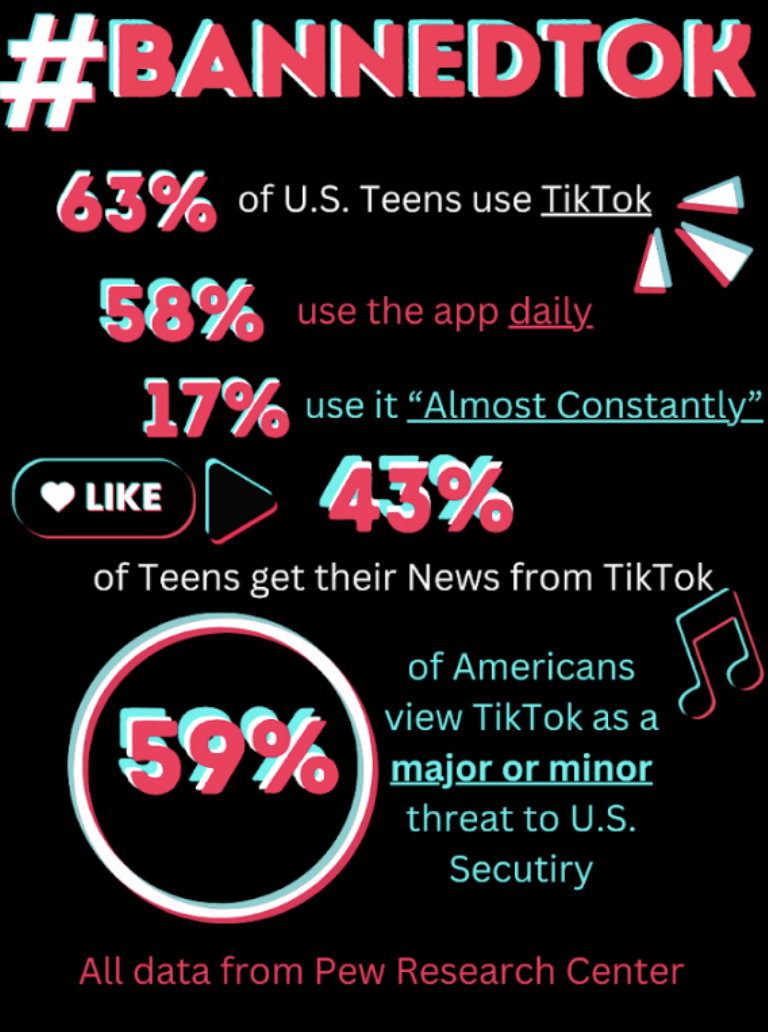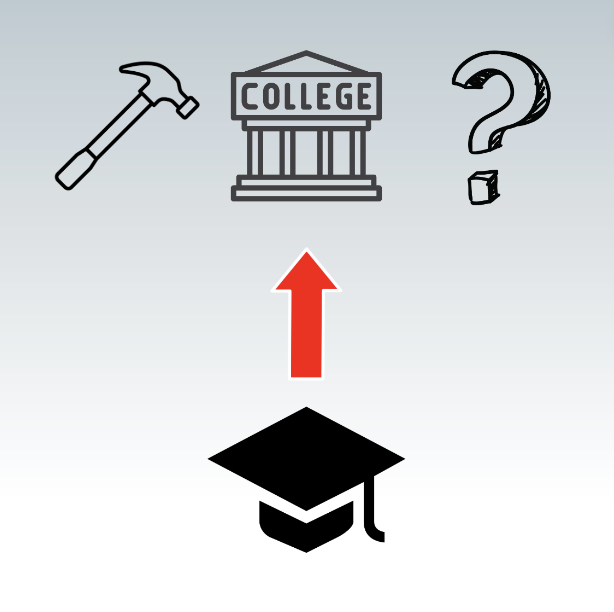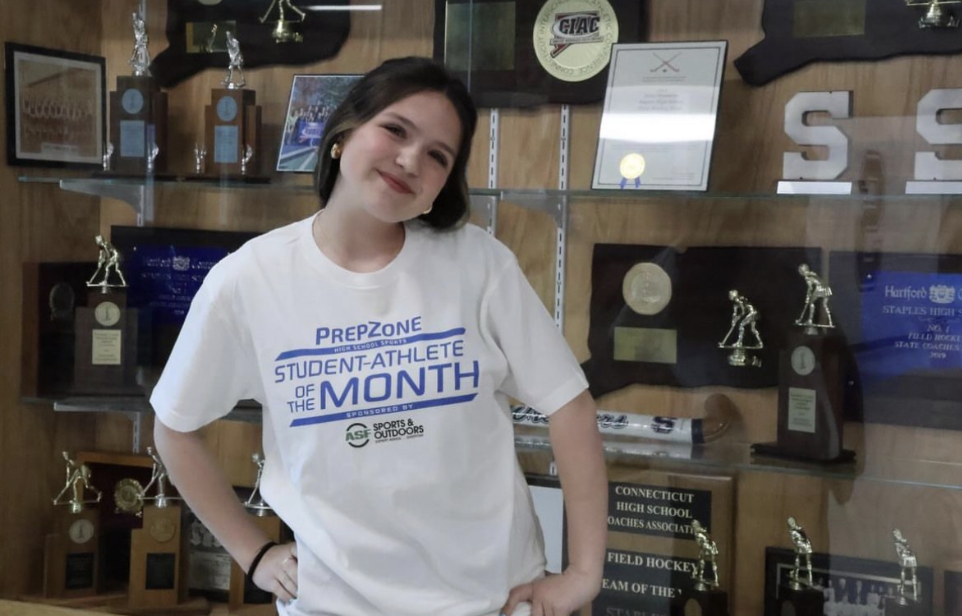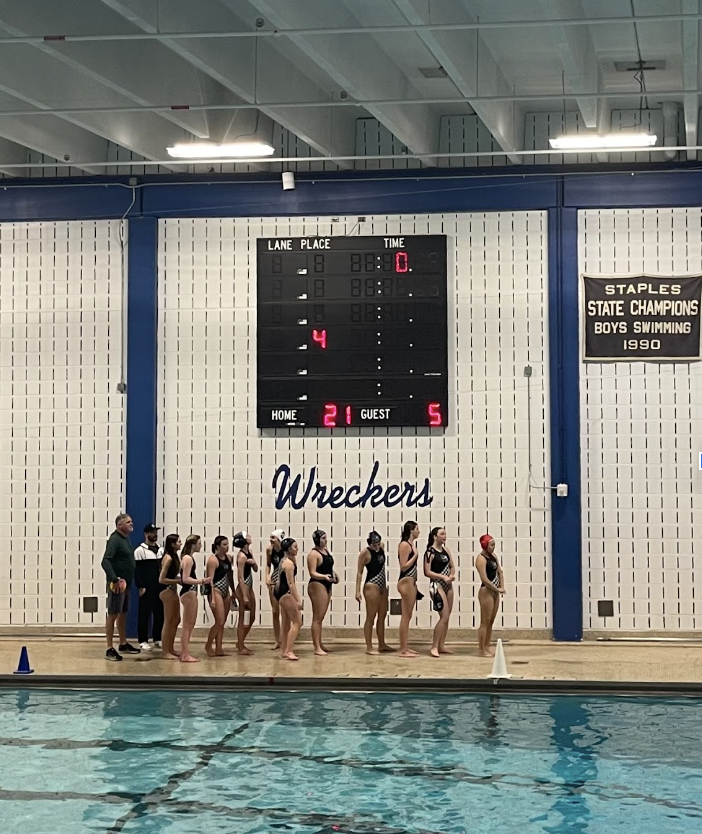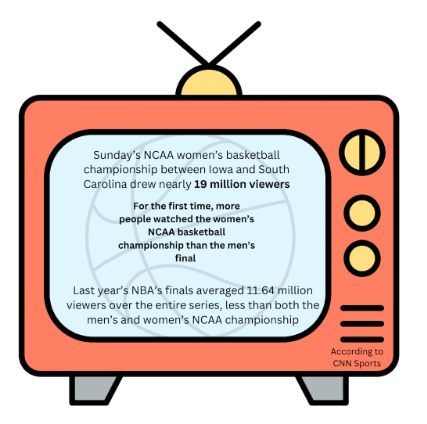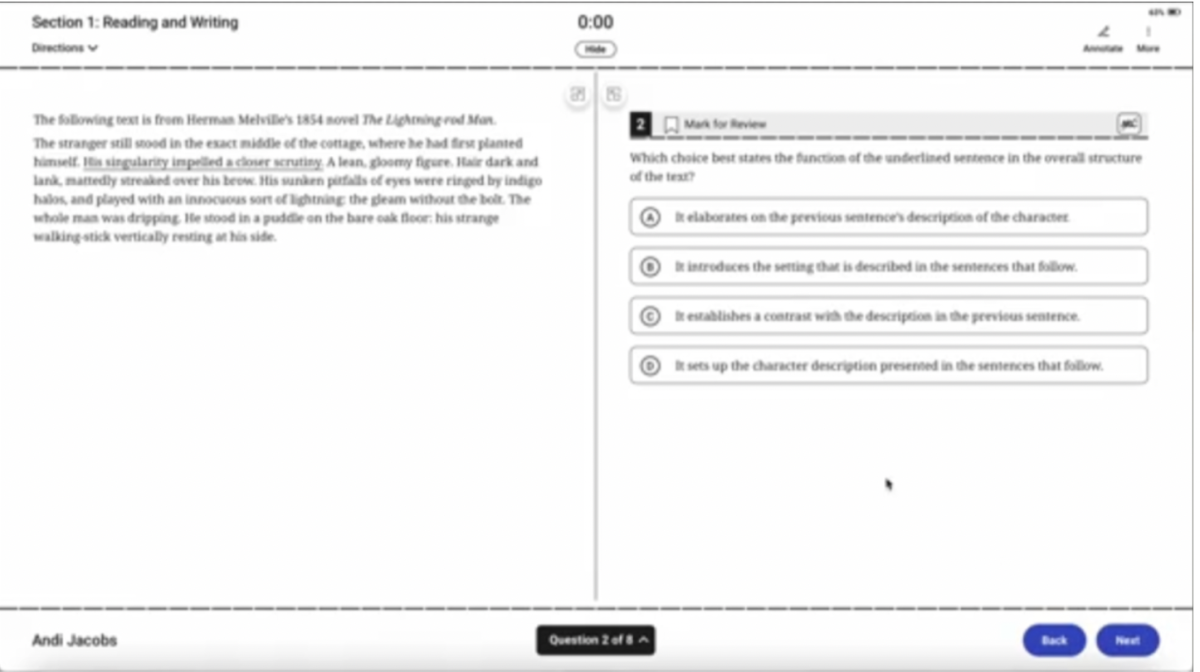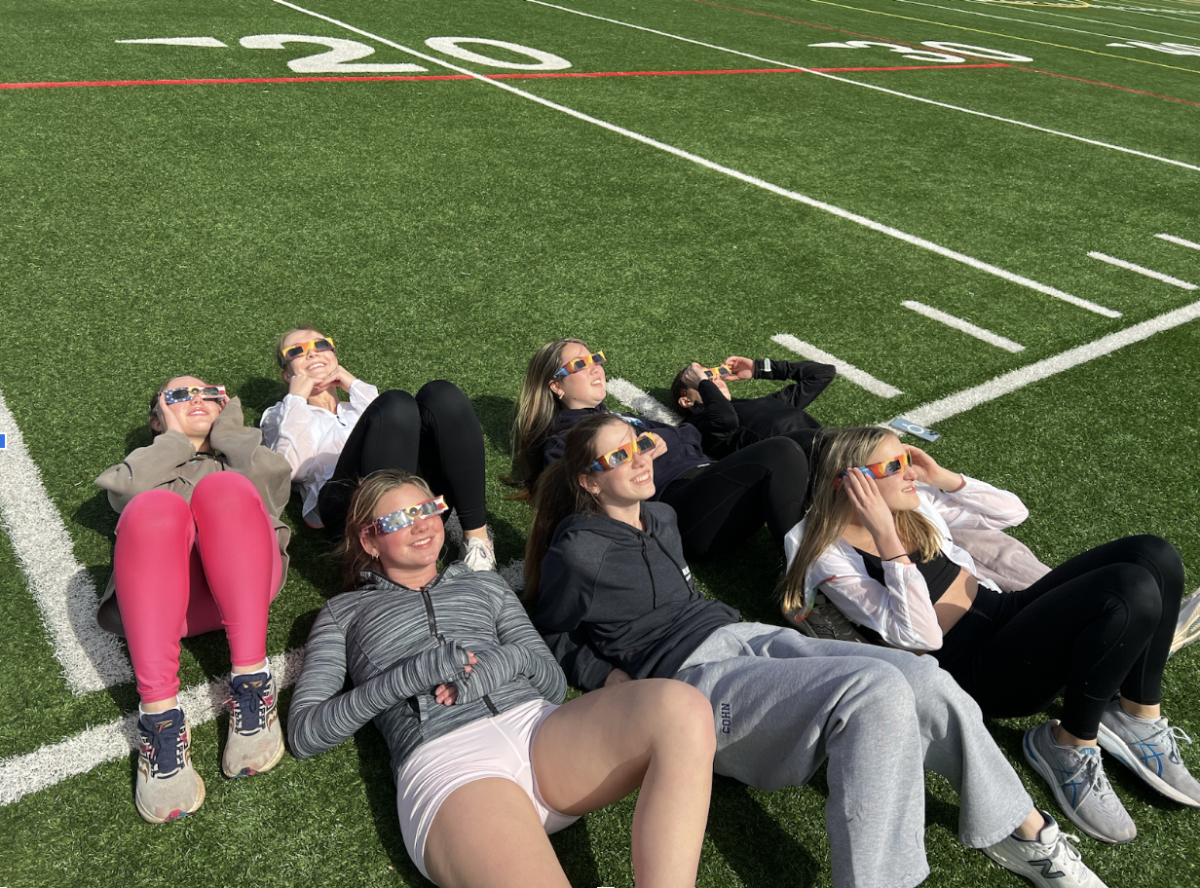It’s common for money to play an important role in the college decision-making process. After all, last year the total fee including tuition and room and board for a four-year attendance at a state school swelled 6.1% due to the current recession, according to Daily Finance.
But these prices are not the only ones that students need to be aware of in their quest for the right college.
There are many costs involved with the pursuit of a college admission that don’t necessarily stand out to those who are more focused on paying for their actual education. These concealed college-related fees, including the travel costs of visiting colleges and the prices for SAT testing, can accumulate for families when money is tight.
Susan Fugitt of the College and Career Center acknowledged these expenses.
“Cost can definitely be an issue,” she said.
One of the most essential parts of the college search, college visiting, can be one of the most expensive, according to Shauna Flaherty of the College and Career Center.
“People who don’t have unlimited funds available should take travel into consideration, absolutely,” she said.
Hotel room costs and high gas prices can drive up the cost of a short trip to visit a college. If the college in question is far away, air travel might be necessary, driving up visiting costs even more, according to Fugitt.
“There’s also no aid that I know of for these travel costs,” she said, “so it’s important to take them into consideration.”
Siri Andrews ’13 is among many juniors who are striving to cut the costs of their college trips. Andrews manages to visit colleges on unrelated travels, which lessens the price tag of her college search.
“Basically I try to see schools around where I go on vacation,” she said. “Soccer also brings me to places with colleges around, so I get to see those.”
Standardized testing prices can also add to the costs of college application.
SAT testing, required for application to most US schools, comes with a fee as well.
The price to take the basic SAT is $49, while the price of each subject SAT is $22. While most colleges only require the basic SAT, some, including many of the Ivy League universities, require an additional two subject SATs, which can drive the cost of testing up to $93.
Many students also retake their SATs, which can double the cost, bringing it to $186.
There is an SAT fee waiver available for students, but according to the Counselor’s Guide to SAT Program Fee Waivers, they can only qualify for it if they are enrolled in a free or reduced-price lunch program, are enrolled in a program for the economically disadvantaged, come from a family receiving public assistance, come from a family living in federally subsidized public housing, or are a resident in a foster home.
“It’s only for someone really in need,” said Fugitt.
Because Westport is a generally affluent community, the amount of students that qualify for these waivers is relatively low. In the 2009-10 school year, only 2.6% of the Staples student body was eligible for free lunch.
Another expense students might encounter in the process of pursuing colleges is the cost of the Common Application.
The Common Application can have a large price tag, depending on what college a student is applying to. According to CollegeBoard, the average cost of applying to a US school is about $35-50. However, costs for applying to schools such as Stanford University can exceed $90.
When a student applies for more than one college, the application prices accumulate. For Staples students, who apply to as many as eleven colleges, the cost can be upwards of $500.
The fee waiver for the Common Application, much like the one available for SAT testing, is only available to students who meet certain criteria.
The fee waiver is only offered on a case-by-case basis, Fugitt said.
Students who do not qualify for the waivers must pay to take their SATs and submit their applications, and these expenses, when combined with the prices of travel associated with the college search, should be treated carefully, according to Fugitt.
To make sure they fully consider these costs, Fugitt suggests that any student considering colleges should list them with tuition prices, housing expenses and a monthly budget.
“It could all add up if you aren’t careful,” Fugitt said.
While Priyanka Subramanian ’12 was cautious about the price of her college search, she stressed that students should not cut down too much their college visits in order to save money.
“The whole process of application fees and visiting is overpriced, but necessary if you want to attend the college of your choice,” Subramanian said.

